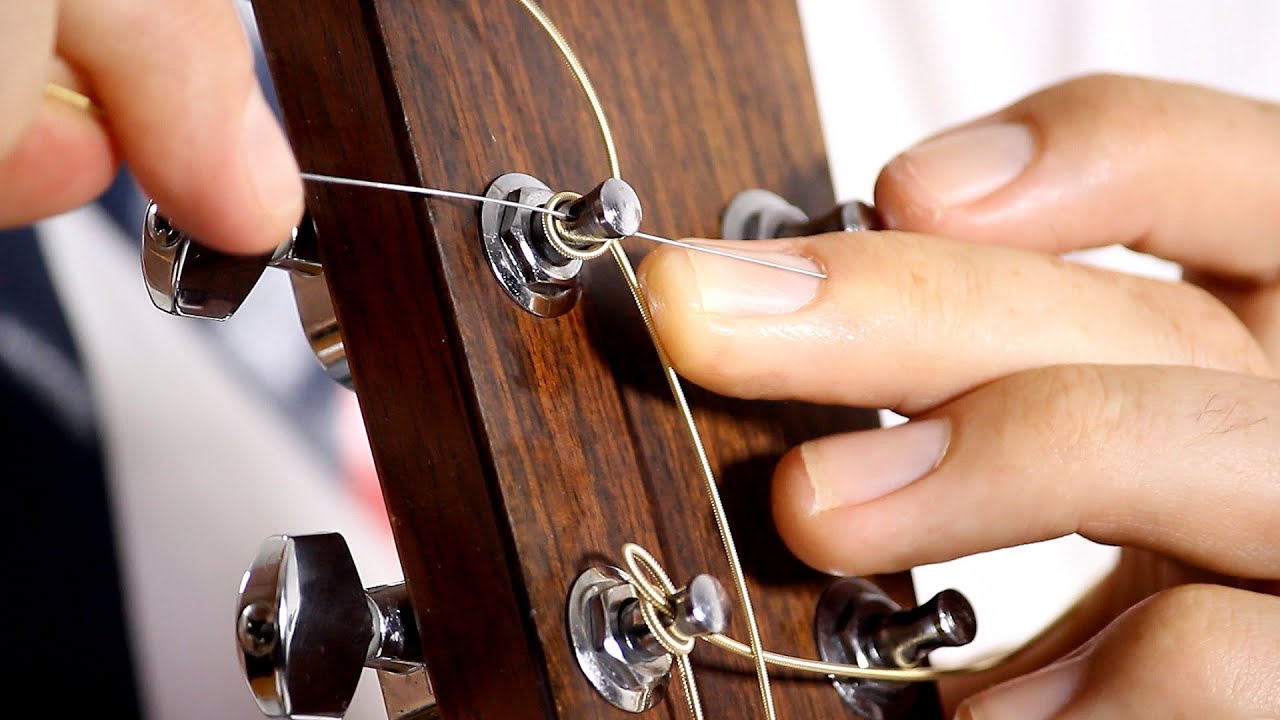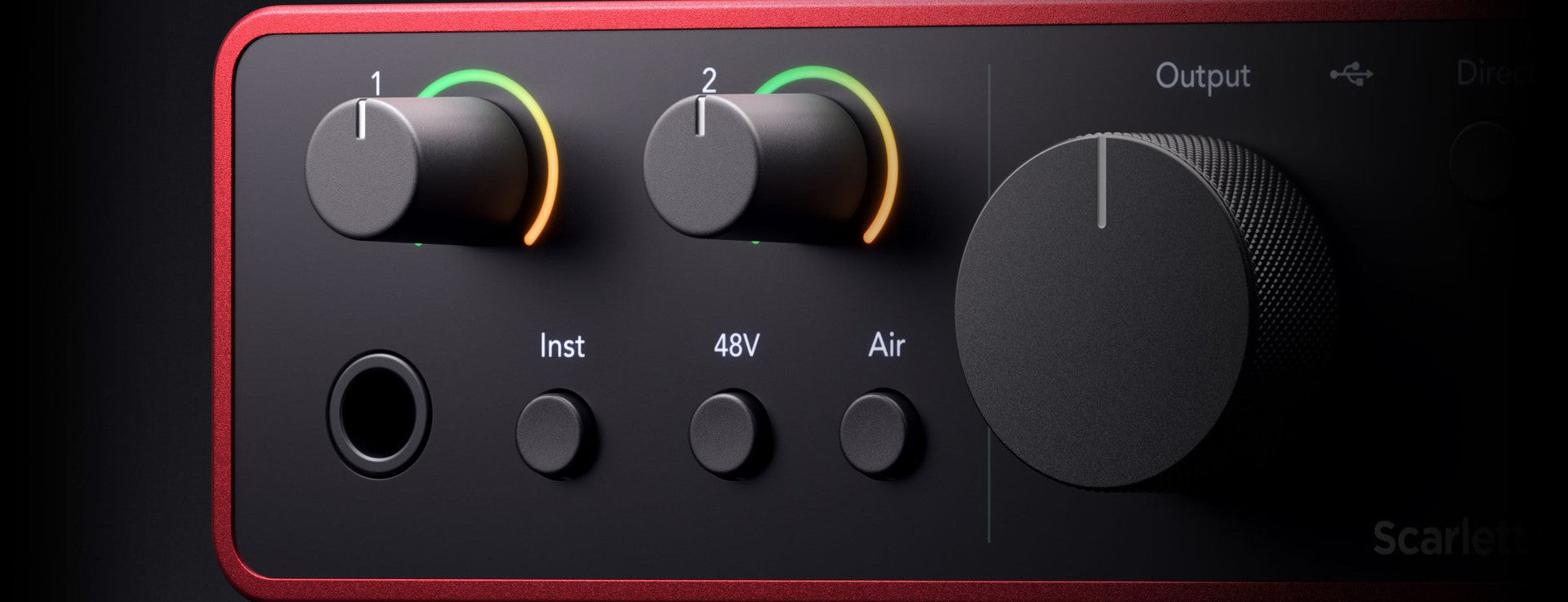Guitar Restring Tips | Guitar Maintenance Part 1
Today we are going to discuss re-stringing our guitar. This is in no way a how to post. I feel the best way to learn is to be shown in person. If that isn't an option for you there are some videos online you can reference. Today I hope to give you some things I have learned along the way from my own experience and from having the opportunity to work with a quality repairman and several seasoned guitar players. So this is a combination of knowledge and tricks from all those individuals.
Suggested Tools
Some tools you might consider having available are; a socket set/crescent wrench, wire cutters, string winder, phillips and strait screwdrivers, allen wrenches (check if you need standard or metric). Now all of this can be achieved with a multi-tool meant for guitar if you choose but some people may already have some of these tools in a garage or shop and its just a matter of having them ready. You might be asking "why the heck do I need sockets or allen wrenches???" When the strings are off the guitar is the best time to check or tighten any loose hardware or make any adjustments. Also having a soft cloth or some paper towels available when changing the strings is another useful tool. My weapon of choice is the Blue Shop Rags because they are soft, don't tear when wet and won't scratch the guitars finish. Also a soft surface to set the guitar on can be nice so you don't scratch your nice guitar. You can also purchase stands to hold the neck up and still or grab an old pillow that you don't mind if it gets dirty.
Common Mistakes
Look twice cut once! No we aren't carpenters and yes I said that right! Make sure your cutters are on the side of the string you want to cut! I don't know how may times I have got 2 thirds of the way though and cut the sting short and now I have to get in the car to get a new set or open a brand new set for one string.
This next one has to do with the direction strings are wound around the tuning post. This will vary depending on your guitar's headstock. Some are three on a side, some are 6 on a side. Generally speaking, the string should be wrapped from the inside out. Inside meaning towards the center of the headstock outward. This aligns the string properly with the nut slots which allows for better intonation, not mention you break a nut if you wind the strings in the wrong direction. Another irritating issue that you will notice right away If your strings are wound in different directions, tuning becomes a confusing nightmare.
The Dreaded Floating Tremolo

Restringing a floating tremolo bridge guitar is whole different ball game. If you haven't done it before, and are not completely sure of what your getting into, then just stop and do some research first! Since tremolos vary from manufacturer to manufacturer it is important to know a little about your tremolo system before you start changing your stings or your could have a real mess. First you want to know how it should look in "resting" position. (This is when the guitar is tuned up and no pressure is on the tremolo bar in either direction). To find this information out you can simply contact the store you purchased the guitar from or look at the manufacturers website. If while you are tuning your guitar and the tremolo doesn't come back to the correct "resting" position then I would contact the service department of your local music store or your trusted guitar tech and ask him how he suggests adjusting it for the specific Tremolo system you have. Really my point is to be aware of your tremolo system and do some research and if you get in too deep call in a professional.
Stretch Strings
This is a mistake I see beginner guitar players as well as vets of decades make time and time again. I asked our repair man this, "of the repairs that hit the shop what percentage of them do you think could be solved with simply stretching the strings" and he replied with "At least 30%". Think about all of the tuning issues that don't make it to a repairman!
So now lets talk about how we stretch them! It's simple really; put all four fingers on the under-side of one string and your thumb on top. Now push down with your thumb as you pull up with your fingers. I start towards the bridge and work up to the neck. Now lather rise and repeat with every string. Tune it back up and keep repeating the entire process until you can't pull it out of tune anymore. It usually takes me 3 to 4 times to get the guitar seated in. Once completely stretched you will find you have to adjust tuning a lot less and even the dreaded G-String stays put much better (notice I didn't claim it would be perfect)
Amount of Wraps on Tuning Machines (sweet spot)
Get your pitchforks and ropes because guitar players have been hung over this topic! Kidding aside there are a lot of strong opinions on how to wrap the string around the tuning machine. Do you tie it? How many wraps? Basically if you have a way that works for you you can stop reading now. Just ignore me I won't be offended I promise. But for those of you that are newer to changing strings I have some important tips. Again this is compiled knowledge from a few of us guitar players here at the store (not just my opinion). As far as how many wraps, I wouldn't get wrapped up in an exact number. (see what I did there) The thinner strings will allow more wraps neatly than than the thicker strings. Our repairman said it this way to me "more than one but less than the whole string". I actually wrap the string around the post before I put it through the hole in the post this allows me to see exactly how much string is on the post without guessing. But that is obviously a personal preference in how I like to approach it.
I work with more than a dozen men and women that change strings on a professional level and everyone of us does it a little different. The same will be said for care and maintenance. So find a system and technique that works for you. If there are any helpful tips you would like to share with the rest of us drop them in a comment below.



